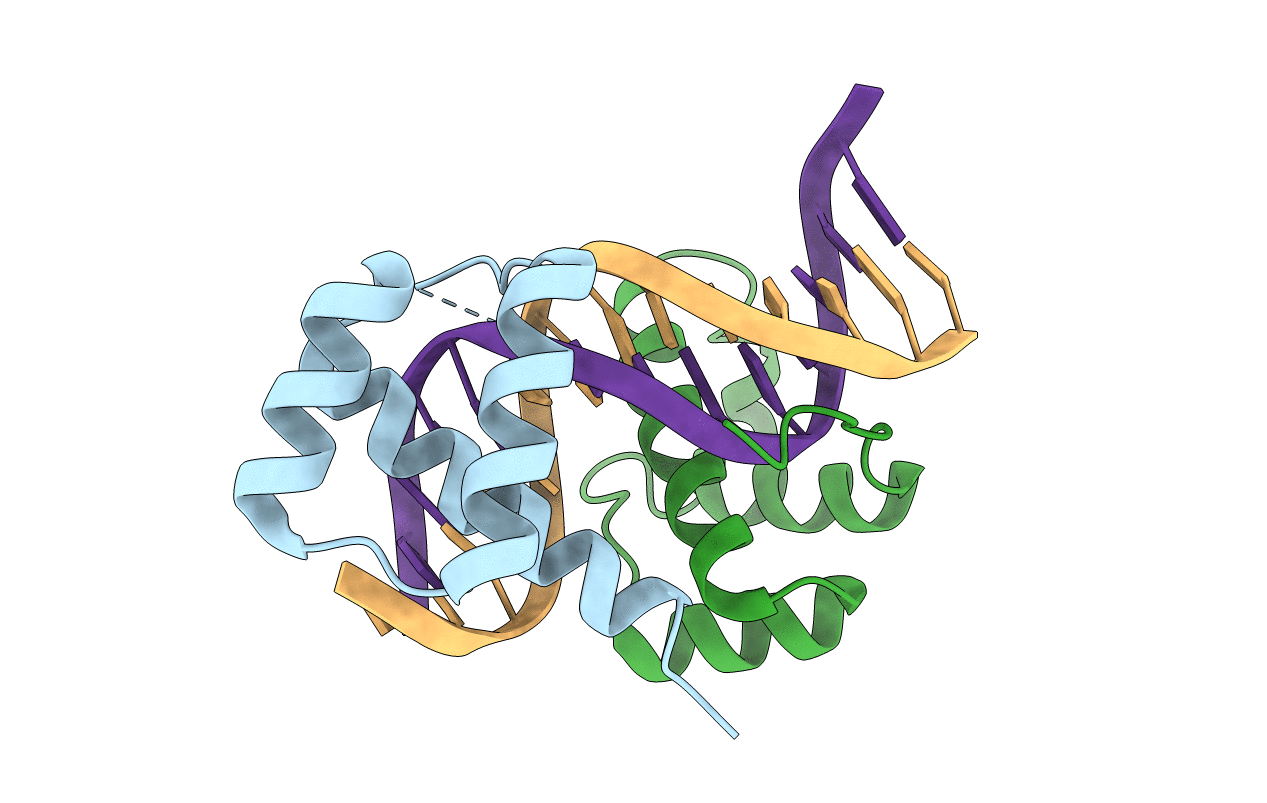
Deposition Date
2018-03-22
Release Date
2018-08-29
Last Version Date
2023-11-22
Entry Detail
PDB ID:
5ZJQ
Keywords:
Title:
Structure of AbdB/Exd complex bound to a 'Red14' DNA sequence
Biological Source:
Source Organism:
Drosophila melanogaster (Taxon ID: 7227)
Host Organism:
Method Details:
Experimental Method:
Resolution:
2.44 Å
R-Value Free:
0.25
R-Value Work:
0.22
R-Value Observed:
0.22
Space Group:
C 1 2 1


